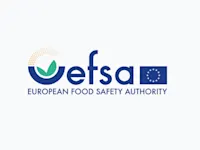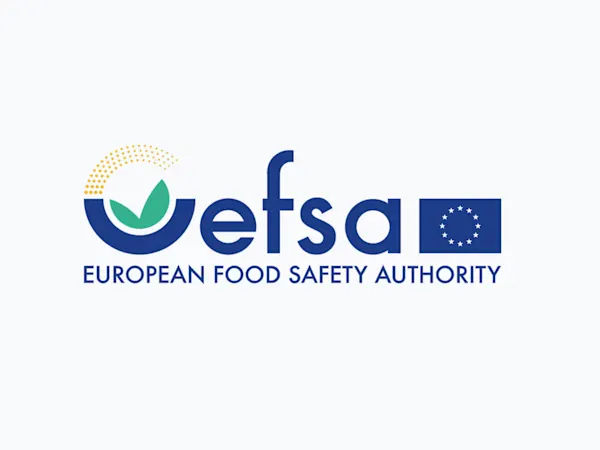
EU Ministers Press Commission on Delayed REACH Revision Amid Industry and Environmental Demands
EU Member States urge the Commission to accelerate the REACH revision, citing urgent health, environmental, and industry competitiveness needs.


Belgium has officially proposed the identification of Perfluamine (EC Number: 206-420-2, CAS Number: 338-83-0) as a Substance of Very High Concern (SVHC) under the European Union’s REACH Regulation. The proposal is based on the substance's classification as very persistent and very bioaccumulative (vPvB) according to Article 57(e) of REACH.
Perfluamine, also known as perfluorotripropylamine, is characterised by its strong carbon-fluorine bonds, which make it highly resistant to degradation under environmental conditions. The substance has a molecular formula of C9F21N and is primarily used in various industrial applications due to its chemical stability and resistance to extreme conditions.
Perfluamine is employed in a variety of industrial processes due to its unique chemical properties. It is used as a heat transfer fluid in high-temperature applications and as a solvent in chemical reactions that require stability against acids, bases, and oxidising agents. Additionally, Perfluamine is utilised in the electronics industry for cooling and insulation purposes due to its non-conductive nature and high dielectric constant. It also finds applications in the manufacturing of certain fluoropolymers, where its stability and resistance to harsh environments are advantageous.
The substance's unique properties make it invaluable in situations requiring materials that can withstand extreme conditions without breaking down. However, these same properties contribute to its persistence in the environment, raising concerns about its long-term impact on ecosystems and human health.
Belgium's proposal, detailed in the Annex XV report, argues that Perfluamine meets the criteria for vPvB substances because it shows high persistence in the environment and has a significant potential for bioaccumulation. The assessment indicates that Perfluamine is stable in the atmosphere, with an estimated global atmospheric lifetime of 3,795 years. This extreme persistence is attributed to the compound's resistance to both abiotic and biotic degradation processes. Studies have shown no significant degradation under standard environmental conditions, highlighting its potential to persist in ecosystems for thousands of years.
Additionally, Perfluamine's potential for bioaccumulation is notable, with high bioconcentration factors (BCFs) observed in aquatic organisms. This indicates that Perfluamine can accumulate in the tissues of living organisms, potentially leading to toxic effects as it moves up the food chain.
The proposal to identify Perfluamine as an SVHC was published on 30 August 2024, and the European Chemicals Agency (ECHA) has opened a public consultation period. Stakeholders, including industry representatives, environmental organisations, and the general public, are invited to submit their comments by 14 October 2024.
Interested parties can access the full Annex XV report and submit their comments via the ECHA website. This feedback will be crucial in the decision-making process on whether to officially list Perfluamine as an SVHC under the REACH Regulation.
Should Perfluamine be added to the SVHC list, companies using or producing the substance may be required to comply with stricter regulatory measures, including authorisation requirements and potential restrictions. This could lead to increased scrutiny of its use and encourage the development of safer alternatives.
Environmental groups have welcomed the proposal, citing the urgent need to regulate chemicals that pose long-term risks to ecosystems and human health. The identification of Perfluamine as an SVHC would represent a significant step in the EU's ongoing efforts to protect the environment from persistent organic pollutants.
As the debate over Perfluamine's future continues, the chemical industry and environmental advocates will closely watch the outcome of the public consultation and the subsequent decision by the ECHA.
Foresight continuously tracks 1000s of sources and maps updates to your portfolio:




EU Member States urge the Commission to accelerate the REACH revision, citing urgent health, environmental, and industry competitiveness needs.

The EU has classified DBDPE as a substance of very high concern (SVHC) due to vPvB properties, affecting manufacturers and downstream users of flame retardants.

EFSA launches consultation on updating its Weight of Evidence and Biological Relevance guidance, aiming to streamline chemical risk assessment practices.
Subscribe to Foresight Weekly and get the latest insights on regulatory changes affecting chemical compliance.
Free forever. Unsubscribe anytime.
Read by professionals at